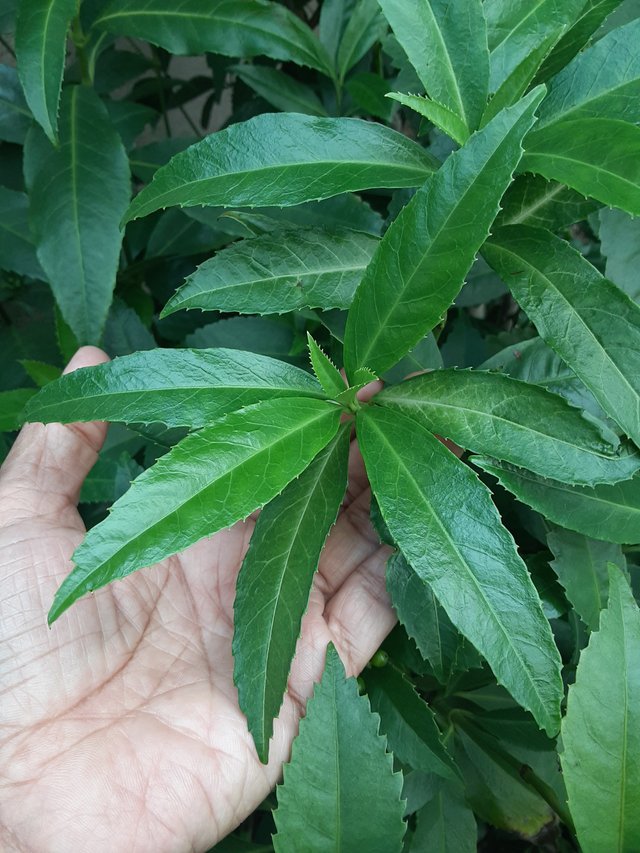
The plant Melicytus ramiflorus, commonly known as māhoe or whiteywood, is a small evergreen tree that is native to New Zealand. Māhoe has dark green, alternate leaves that are 5-15 cm long and 3-5 cm wide. The leaves are finely serrated on the margins, with a more pronounced serration on younger plants. The underside of the leaves is paler than the topside and has a prominent vein structure.
Māhoe leaves are edible and have a slightly sweet flavor. They can be eaten raw, cooked, or dried. Māhoe leaves are also a good source of vitamins and minerals, including vitamin C, vitamin B6, and calcium.
Māhoe leaves are also used medicinally in traditional Māori culture. They are used to treat a variety of ailments, including skin infections, respiratory problems, and digestive disorders.
Here are some additional facts about māhoe leaves:
- Māhoe leaves are a good source of nectar for bees and other pollinators.
- Māhoe leaves are used to make a variety of traditional Māori crafts, such as baskets and mats.
- Māhoe leaves are also used in the production of natural dyes.
Overall, māhoe leaves are a versatile and valuable plant resource. They are used for food, medicine, and crafts.
Ref.:
 |  |
Upvoted! Thank you for supporting witness @jswit.
Downvoting a post can decrease pending rewards and make it less visible. Common reasons:
Submit